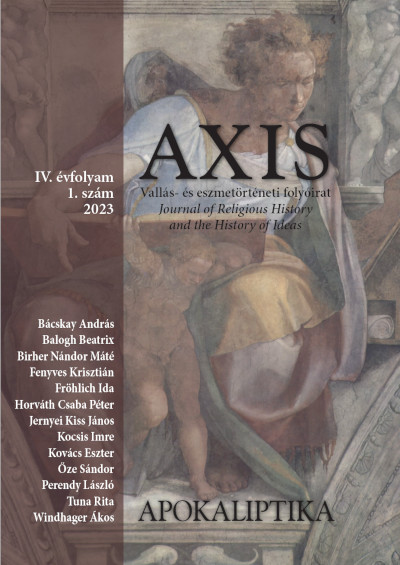Apocalypse in the 18th-century fresco painting: Apokaliptikus témák a 18. századi freskófestészetben
Published 2023
Keywords
- fresco painting,
- all saints,
- iconography
How to Cite
Copyright (c) 2023 Jernyei Kiss János

This work is licensed under a Creative Commons Attribution 4.0 International License.
Abstract
In the Central Europe fresco painting was the most highly valued medium of fine arts. In addition to the technical difficulties, the pictures and image cycles painted on the walls and ceilings of churches, monasteries, residences of rulers and lords depicted the most important themes of the world of life at that time, the lofty and thought-rich sphere of religion, history, and literature. Monumental depictions of the Apocalypse have been present on church murals since the Middle Ages, but by the 18th century, a particular shift in emphasis can be observed in terms of the selected scenes and their pictorial staging, which can be partly explained by changes in the history of ideas and partly by the development of pictorial rules of early modern ceiling painting. In the present study, I will first review the main motifs and theological aspects of the text of the Apocalypse, which were also emphasized in the visual arts, and which, for example, became typical themes of 16th-century text illustrations and graphic series that somewhat carried on the conceptual heritage of the Middle Ages, and then, through a few examples, I will present the motifs of the Book of Revelation 18 century representation.

